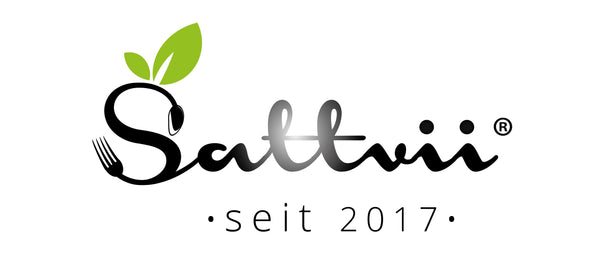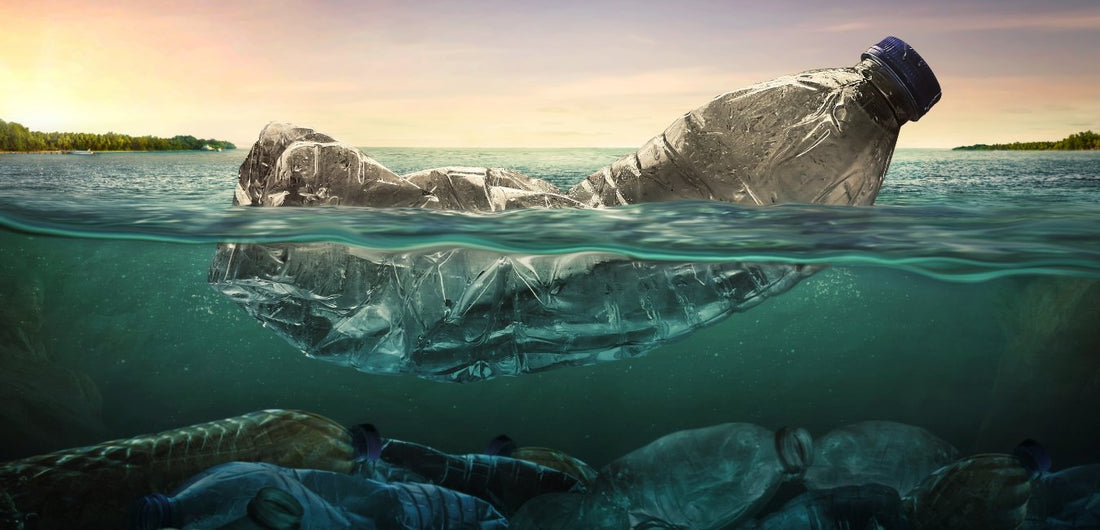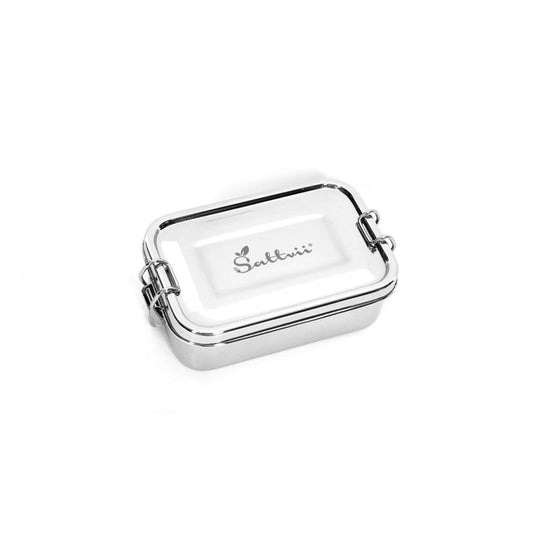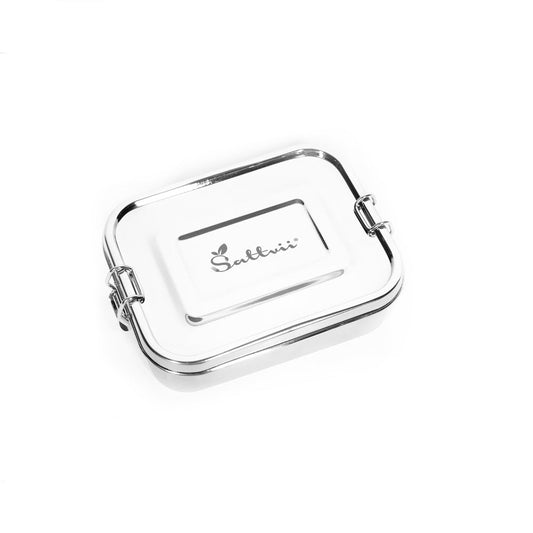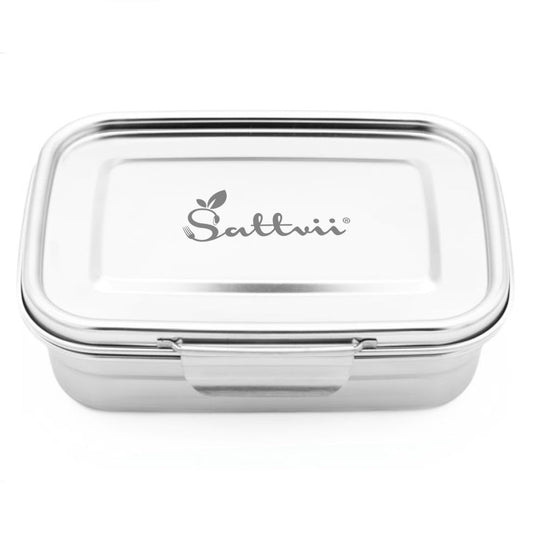Hard to believe, but true - when the lunch box became fashionable for American factory workers in the 19th century, it was made of metal. The food for the long working day was stored in these robust “lunch boxes”. When plastic took over the world, metal lunch boxes gradually disappeared from the scene. For kindergarten or school, the motto was almost everywhere: plastic snacks.
Times are changing. Although an infinite amount of plastic is still being produced, consumed and disposed of worldwide, more and more people are trying to reorient themselves. Especially when it comes to their children.
Is that why I change the lunch box for the children to stainless steel, for example, or can I just stick with the beloved plastic box?
Also interesting:
Apparent environmental friendliness of companies
What exactly is behind plastic?

Plastic - simply practical
Plastic, or colloquially plastic, is still so popular because it can be designed as desired. In addition, it is cheap, elastic, unbreakable, light, temperature-resistant and durable.
Textiles, paints or packaging such as our children's lunch boxes - since the 1950s, when the mass production of plastic objects began, this material has become an integral part of our everyday lives.
Disposable items in particular are made of plastic. In other words, those things that are used just once and then end up in the garbage.
What are plastics?
Plastics are based on natural materials such as petroleum, coal or cellulose. But plastic can still contain pollutants. These are mainly plasticizers, microplastic particles and the hormonally active BPA (bisphenol A). These substances can transfer to the contents of your lunch box and thus also into your body.
Even if products made of plastic are controversial, the robust material has its justification for many durable everyday objects. Plastic lunch boxes in particular are very popular, as they are practical and often decorated with pretty little pictures that are suitable for children.
There are now more and more suppliers offering BPA-free products. Alternatively, there are bioplastics - they are easy to transport, recyclable and environmentally friendly. So far they only have a negligibly small market share.

Stainless steel - the all-rounder
We all encounter stainless steel every day. When cooking with our pots or when we use our cutlery. The sink is made of stainless steel, as is the inside of the dishwasher.
Many other areas also rely on stainless steel: hospitals, the pharmaceutical industry or the food industry.
This alloy stainless steel product is in your hand everywhere. Stainless steel is simply a collective term for stainless steel. This property arises during the production of stainless steel. When steel is melted during steel production, elements such as chromium, nickel, molybdenum and vanadium are added, which give the stainless steel its special performance characteristics. Chrome stands for the improvement of corrosion resistance, molybdenum increases this effect. Nickel makes the steel more resistant to acids and vanadium increases the workability of the material.
Stainless steel does not rust
This top layer on the steel is only a few thousandths of a millimeter thick and protects the material from environmental influences.The passive layer forms almost completely again after any mechanical damage. It "impregnates" the steel and cannot rust.
Stainless steel can only be described as "stainless" if the chromium content is at least 13 percent. By the way, there are 160 types of steel. which are called rustproof, rustproof or rustproof.
Stainless steel - harmless and sustainable
Stainless steel has proven to be hygienic and food-friendly, as liquids and bacteria find it very difficult to penetrate the surface. This means that nothing dissolves in the food and does not get into our bodies. The material is also odorless.
That sounds - especially when it comes to our children - not only tasty, but also healthy.
Stainless steel containers, such as the Bento Box, are slightly more expensive to produce than plastic, but stainless steel is extremely robust and durable. And 100% recyclable. If it needs to be disposed of at all. Stainless steel can be reused forever.
Conclusion
To live completely plastic-free is hardly possible. But where plastic is unnecessary, we can all do without it. Especially where there are other, better materials. Which not only fulfill the same purpose, but now also look more stylish and are even nicer to touch.
Stainless steel should be preferred, especially when it comes to products for our children.
Stainless steel lunch boxes - whether D-Lock or L-Lock - are TÜV LFGB tested. This ensures that they neither release substances that are harmful to health into the food nor affect its taste or smell in an undesirable way.
Our stainless steel lunch boxes are free from harmful substances such as the hormone poison bisphenol A (BPA) or lead and therefore pose no risk to your health.
And, unlike the classic plastic cans, the reliable companions made of stainless steel do not release any microplastic particles into the food and do not change its taste. And vice versa, no food odors spoil a stainless steel box.
Stainless steel is rustproof, acid-resistant and robust. It is very easy to clean thanks to the smooth and water-repellent surface. Stainless steel lunch boxes can withstand high temperatures. Compared to other metals, stainless steel is light in weight.
Not only are they designed to last, they are also fully recyclable and therefore reusable. Stainless steel leaves no footprints in the ecosystem.
The stainless steel lunch box is the perfect alternative to the classic plastic box for both people and nature - without having to forego quality.
We do something for health and the environment.
.